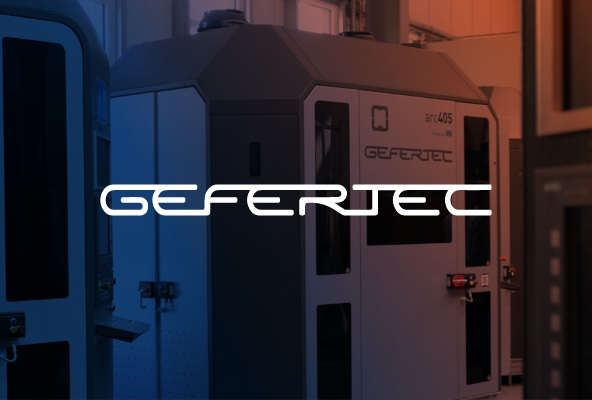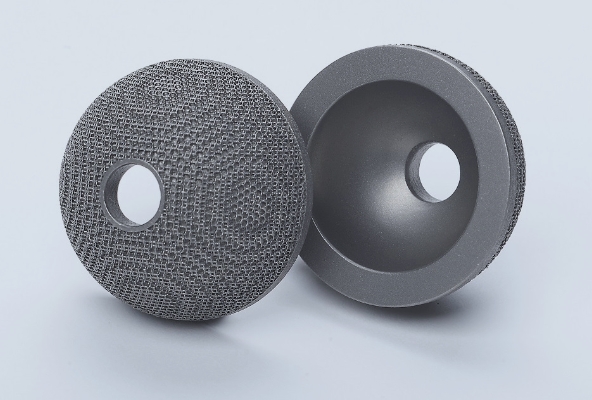
Kingsbury signs exclusive deal with Gefertec
Kingsbury to be the sole distributor of GEFERTEC machines in the UK, I...

AM for medical technology and healthcare industries
The medical technology (MedTech) industry has been recognised for its...
Unplanned maintenance and repairs are major reasons for downtime across the manufacturing sector. According to MachineMetrics, downtime affects the morale of shop floor operators and leads to financial losses. Extended machine downtime is mostly due to spare part stockouts and the time it takes to replenish spare parts inventory. This is where 3D printing for maintenance and repairs can be a game changer.
Availability of the tools needed for assembling parts or executing regular maintenance tasks determines how quickly a task on any shop floor is executed. In the manufacturing industry, poor organisation or a limited supply of tools and spare parts can throw schedules off by hours or days.
Ford highlights the challenges many manufacturers have with tooling. The automobile manufacturer struggled with sourcing complex tools for assembling or repairing components within hard-to-reach sections of its automobiles. Ford turned to 3D printing to meet its production challenges.
With additive manufacturing, Ford engineers were able to design complex concept tools, produce them and apply these tools within their shop floor. Today, 3D-printed hand tools have become an integral part of Ford’s facilities. 3D printing for maintenance and repair purposes ensured the automaker saved billions of dollars handling its tooling challenges.
Machine downtime can prove devastating to business operations. Having the required tools and spare parts for both maintenance and repairs is integral to the success of every manufacturing outfit.
The fact that it may take weeks and months to receive spare parts if the supplier is out of stock means the machine could be out of operation for long periods. This is one area where the application of 3D printing for maintenance can ease the wait time. With additive manufacturing, manufacturers no longer have to suffer lengthy delays if they have a 3D model of the required part. 3D printing enables manufacturers to produce spare parts and custom tools that are difficult to source in a cost-effective and timely manner.
Manufacturers can utilise 3D printing capabilities to meet their on-demand spare parts needs. For complex parts, a 3D printer executes the production process faster than more traditional machining equipment. Integrating 3D printing into maintenance strategies ensures that highly requested spare parts are 3D printed beforehand and in stock. The availability of 3D printed spare parts ensures that maintenance activities can be started within minutes of a machine breaking down thus reducing the effects of downtime.
The 3D printing process for spare parts is also cost-effective when compared to traditional manufacturing processes which is why 85% of manufacturers intend to integrate 3D printing for maintenance within their facilities.
The oil and gas sector can benefit from integrating 3D printing into its operational processes. Here, the rapid prototyping ability of the 3D printer is what the sector leverages to remain innovative.
One example is the use of additive manufacturing to produce complex pump, valve and turbo pieces. In 2018, General Electric’s Oil and Gas department made use of direct metal laser melting (DMLM) 3D printers to fabricate hundreds of turbo-machinery components. This ensured their spare parts inventory stayed updated even when operating in remote locations.
The 3D printer can also be used to produce the hundreds of tools used in maintaining oil and gas operations as needed. The versatility and speed 3D printing brings to the oil and gas sector is the reason why it’s expected to have a market size of $450 million within the industry by 2021.
The examples from Ford, GE, and thousands of manufacturers with dedicated 3D printers paint an excellent picture for anyone considering integrating 3D printing onto the shop floor. With a 3D printer you can be innovative, develop prototypes of long-considered ideas, and speed up maintenance activities.
These initiatives can be achieved using either a professional or an industrial-grade 3D printer depending on the size, design, and material features of your intended projects.
To learn more about the best 3D printer options to kickstart your in-house additive manufacturing process, contact the Kingsbury team today.

Kingsbury to be the sole distributor of GEFERTEC machines in the UK, I...

The medical technology (MedTech) industry has been recognised for its...